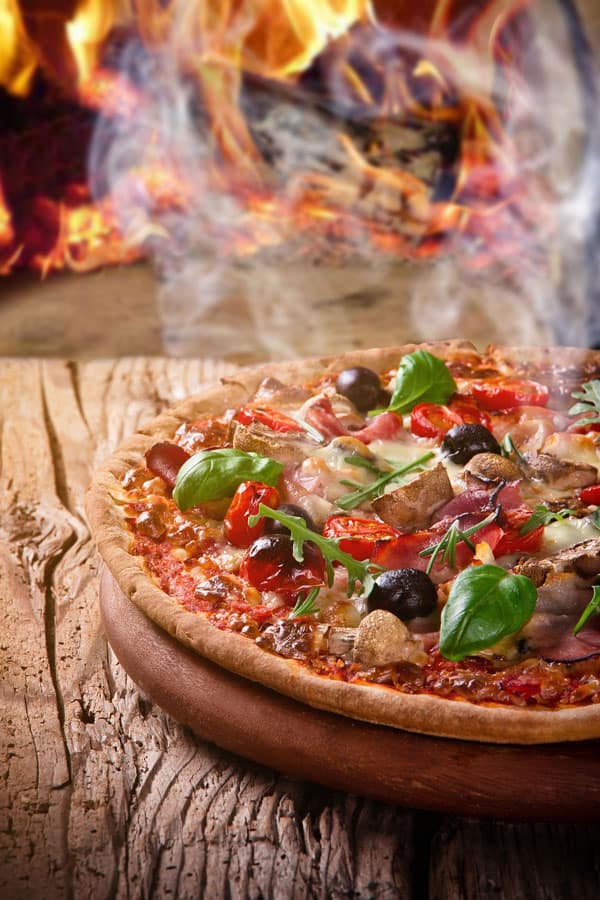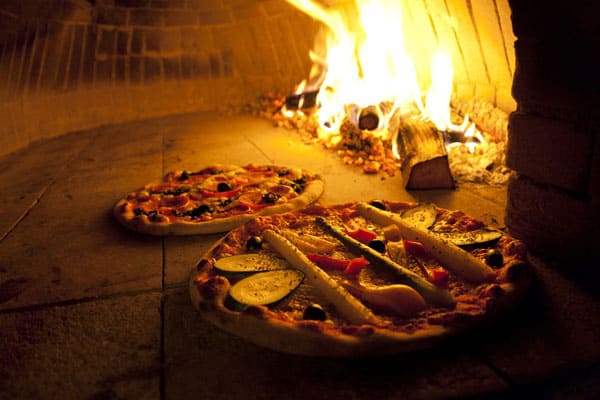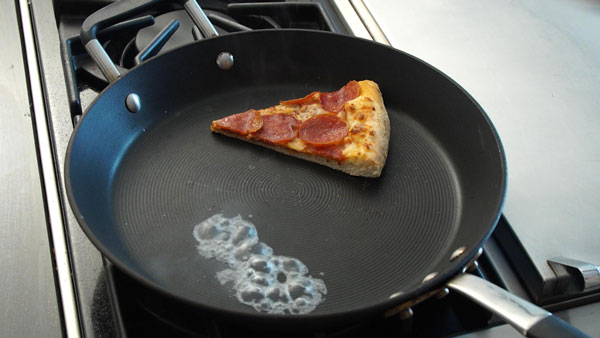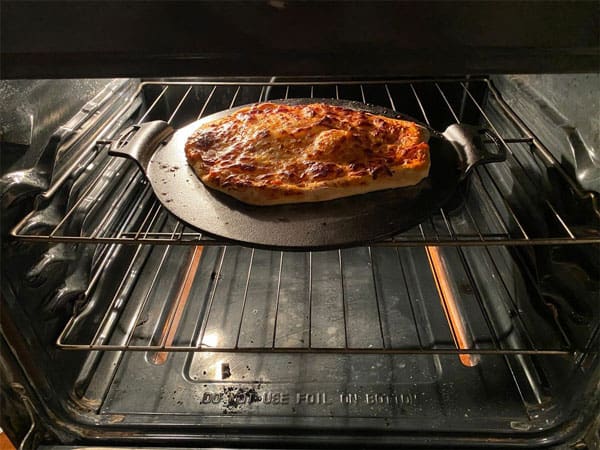It is an art to make a perfectly well pizza. It is a craze nowadays to make a perfect pizza all around the world. Homemade pizzas are especially very famous, as well as restaurant pizzas. Making perfect pizza dough is, however, very tricky as it requires many conditions like temperature, timing, and proper kneading.
Eating undercooked pizza dough is dangerous. It can cause serious bacterial diseases, resulting in food poising, stomach ache, vomiting, and severe diarrhea. Raw flour is not healthy at all; rather, it could be a cause of serious stomach diseases. If you feel that your pizza dough is somewhat raw or undercooked, you must fix it before eating, or you would regret it.
As the fermenting time of dough is important similarly, the cooking time and temperature of the dough are equally important. A common problem with pizza dough is that it is mostly cooked from the top and raw at the bottom or center. It might be because of the temperature difference or cooking time, style, and dough thickness.
There are a few easy tips you can follow:
Reheating On A Low Flame
Suppose your pizza is cooked from the upper side and uncooked from the base or dough. You should consider reheating the pizza at a low temperature for a longer period of time, like for almost five to seven minutes. You can also cover the pizza using a foil or a lid; it would prevent the heat loss and hardening of pizza dough.

It is suggested that the temperature should be kept below 300 degrees Fahrenheit and the oven is preheated for about ten minutes, and then pizza is heated on it for about five to seven minutes. It is perfectly cooked by then.
High Temperature For Less Time
Another best option is to cook the pizza at a high temperature, about 350 to 400 degrees Fahrenheit. First, preheat the oven at about 450 degrees Fahrenheit for almost fifteen minutes. Then lower down the heat and bring it between 350 to 400 degrees Fahrenheit. Place the pizza in the oven and cook for another ten minutes.

Meanwhile, keep checking the pizza dough. To make sure it is cooked properly, turn it over slightly to check if it is cooked. Another tip for checking the pizza dough is to poke a knife gently in it, and if the knife comes out clean with no dough residue stuck on it, your pizza dough is completely cooked.
Heating Pizza In A Pan
If you do not have a gas oven or your oven is not working, you can think about using a non-stick pan for this purpose. Grease the pan lightly with any cooking oil and put it on a medium flame. Allow it to get heated for almost five minutes.

Then turn the flame to low and put your pizza in the pan. Cover it with a lid and allow to sit for ten minutes. After that, lift the pizza slightly to check if the dough has turned golden or light brown. If not, let it be heated for five minutes.
Adjusting Oven Grills
Another key trick you can adopt is moving oven grills. If your pizza dough is undercooked and you want to fix it really quickly, then adjust your oven’s grill to the lowest possible level, i.e., most closest to the flame. Preheat your oven for about ten minutes at 350 degrees Fahrenheit and then put the pizza tray in it.

Allow it to be cooked for about five minutes and then check. Keep checking so that your dough is not overcooked.
Steps To Avoid An Undercooked Dough
There are a few simple steps that would prevent an undercooked dough:
- While kneading the dough, keep the water content of your pizza dough in consideration. Make sure that your pizza dough is not semi-liquid, or it would not be cooked perfectly.
- Avoid using too many soggy sauces on it. Tomato sauce that is normally used in pizza increases the water component of the pizza dough, making it wet.
- While placing the dough in the pizza, try to make sure that its thickness is equal in all directions. Mostly pizza dough becomes thicker in the center.
- Grease the pizza dish well before placing the dough in it; otherwise, the dough would stick to it and would not be cooked properly.

